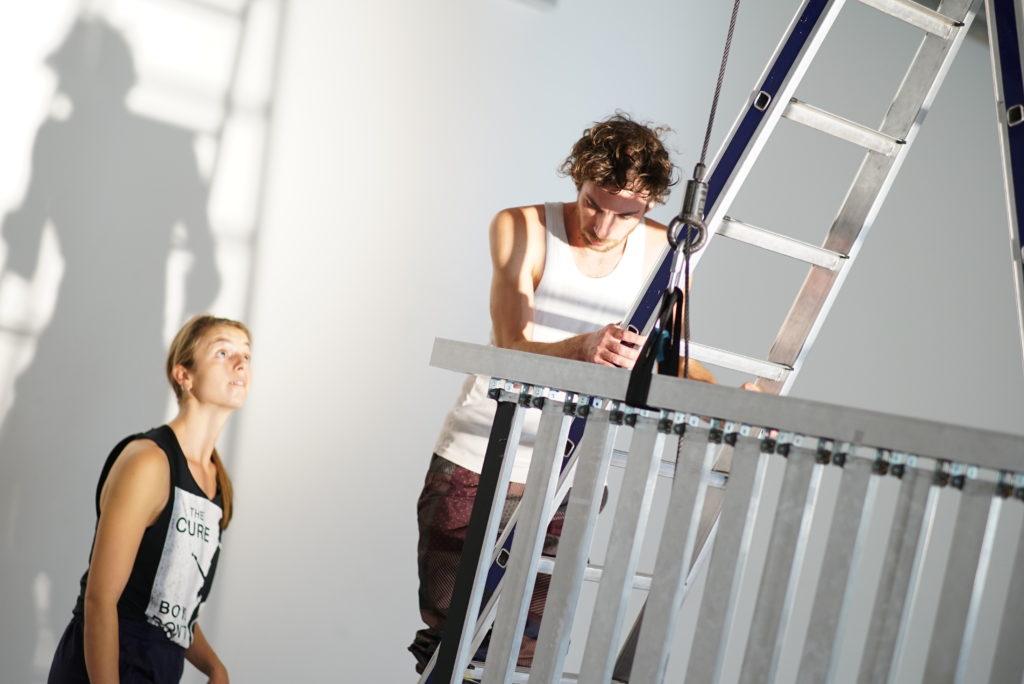2022 maChoreo graduate – HZT Berlin (UdK / HfS Ernst Busch), supported by a Deutschland Stipendium and a DAAD Price.
His recent works have been supported by the Berlin Senate for Culture (2023), GSE gGmbh, Art Space Bremerhaven, MMPraxis/CAA Berlin (2022), Espace Périphérique & Le Volatil (2023)
contact[ a t ]movingcells.org
+49 176 4529 8711
Based in Berlin
